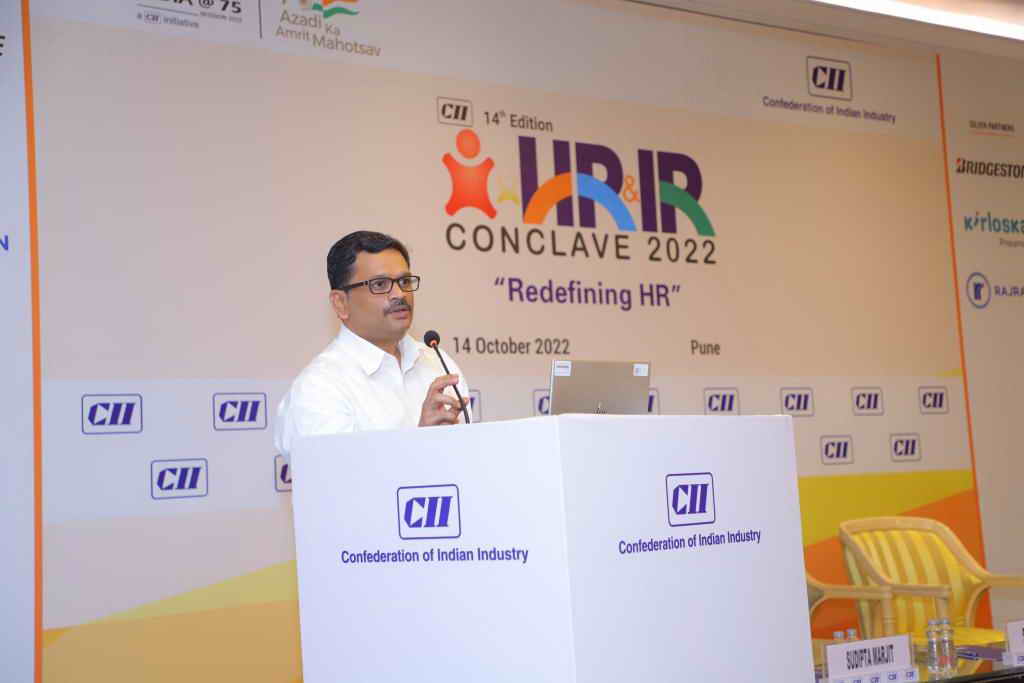e-Learning as an industry has succeeded to hold on to its promise of
1. just in time,
2. just in need and
3. just on request access to information and training all these years.
In the last few years I have been happy to feel and see the following transitions in e-Learning projects.
1. The project success rates have gone up and initial cynicism of adoption has gone down.
2. IT departments have now entered the domain to sponsor e-Learning projects (while it was earlier primarily sponsored by business teams). Hence the adoption of e-Learning solutions in main stream IT initiatives will augur good news for the industry work force.
3. e-Learning as a medium while still being initiated as a cost control mechanism in training (at least first time adopters start small on this basis) has blended itself well with ILT initiatives and has started becoming main stream in delivering on results and improvements.
4. The awards, reviews and recommendations have all grown up and cloud based solutions have made their mark and e-Learning as an industry is a leading adopter of these technologies.
What I wish to see in this year and my focus areas will be on the following trends.
1. Proliferate Meaning to Mobiles: Apps on mobile, Social Media on mobile and Transactional communications have held sway on mobile usage. In this scenario, making learning happen on mobile and vying the same screen space with multiple tasks on same device is a tough challenge. I am not talking of m-learning or making courses available of mobile.
I will be looking forward for meaningful solutions that are making sense for professionals that enable doing their job better.
2. Move over Learning Management Systems to Dynamic Learning Systems: LMS has, by far been thought of as a single window application to launch e-Learning courses and show reports on progress and performance.
Sadly, the dynamic interactions and re-living reading history has not got adequate attention in the e-Learning journey. Remember, when we were learning from a book, we take notes, book mark, highlight, talk to peers, read journals, magazine, reference books rehearse some quotes, sentences in our quest to understand the subject well. We try to rephrase them and analyze these multiple records to create our own internalization of content. While these are considered as functionality and tools are built enabling them as functionalities, their way of usage within courses often leads us to get distracted in juggling between multiple apps.
When we look at our own bookshelf, we tend to look at history, open a book and try to remember our learnings, scan through random pages, check the marks, notes, scribbles and get new perspective within revised context and experiences. This dynamism in e-Learning course-ware currently is boxed within courses themselves as few functionalities in header and footer or navigation panel instead of a naturalisitc progression towards deeper knowledge and wisdom.
My take is to see a different paradigm of dynamic learning being adopted by industry and next evolution for great learning involvement come from more dynamic learning systems and platform. We would need such action tools while learning or recording own contexts from where the learners are getting the content.
3. Power to Users for Learning Exchanges: I am a big fan and had in earlier blog posts shared that learning exchanges and facilitation, needs to be at forefront of any learning medium. I wish that social media platforms are harnessed and creates a system of good, steady learning exchanges that makes e-mediums a powerful learning accelerator and transformation tool. Also more power and time is accorded to live human interactions and not just promote tools and applications to rule our learning environment.
Happy Learning for life time!!





